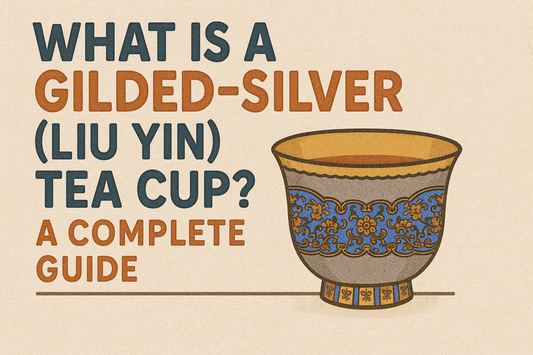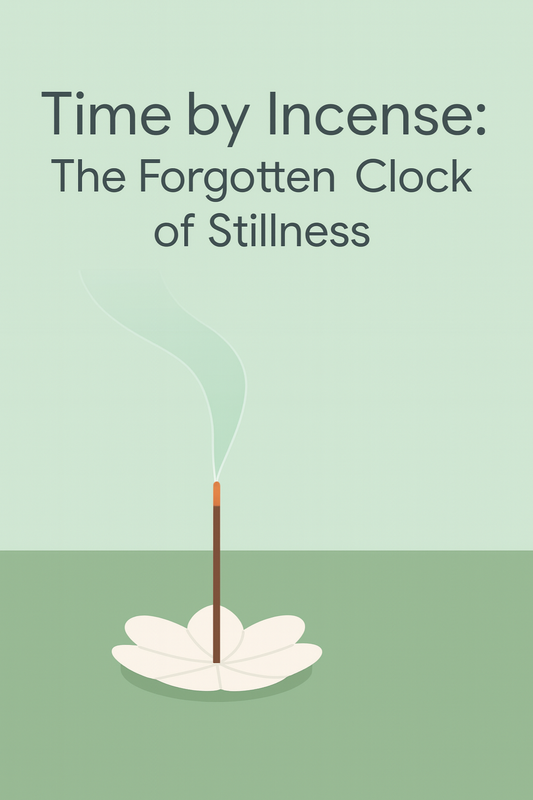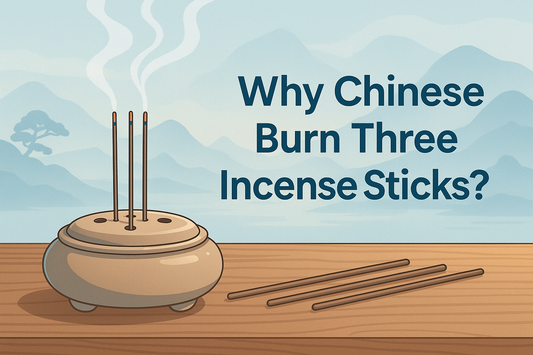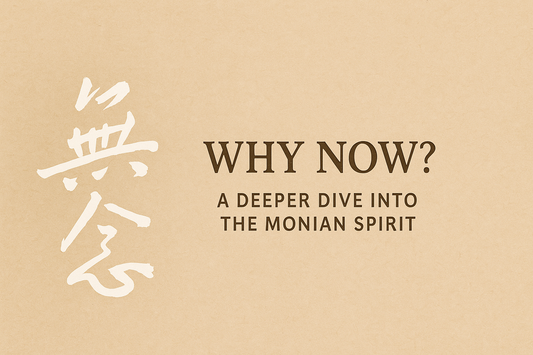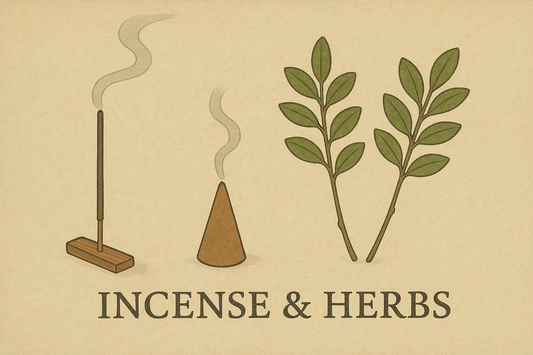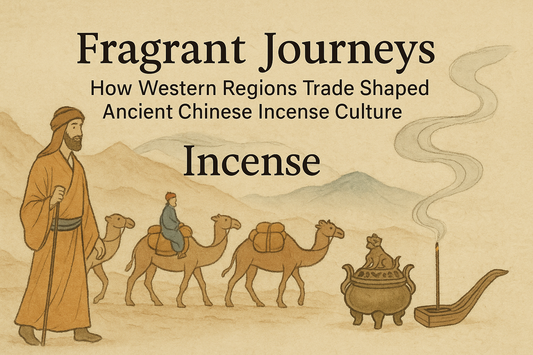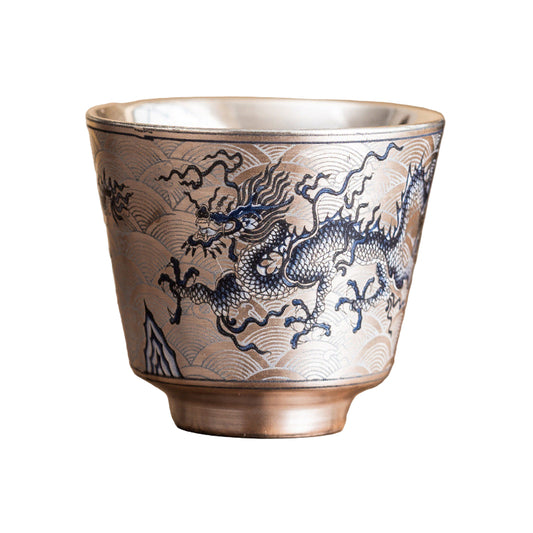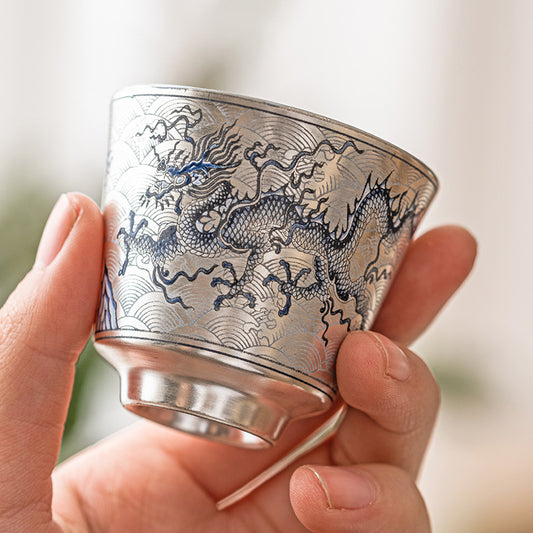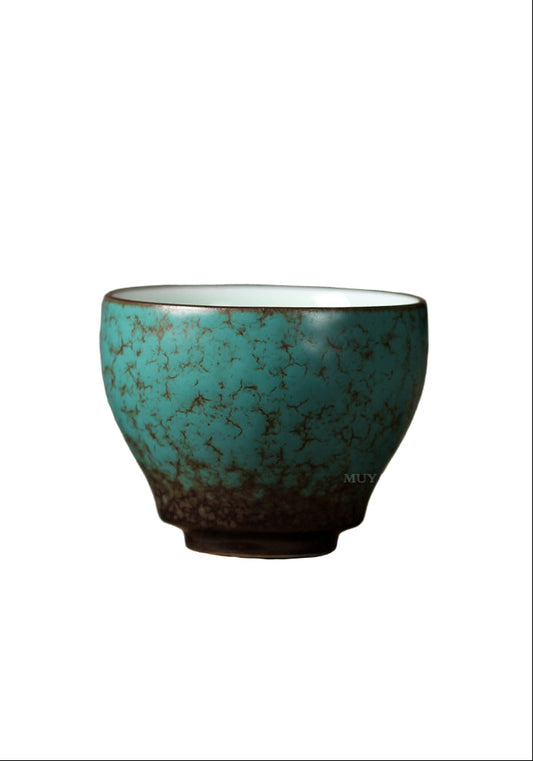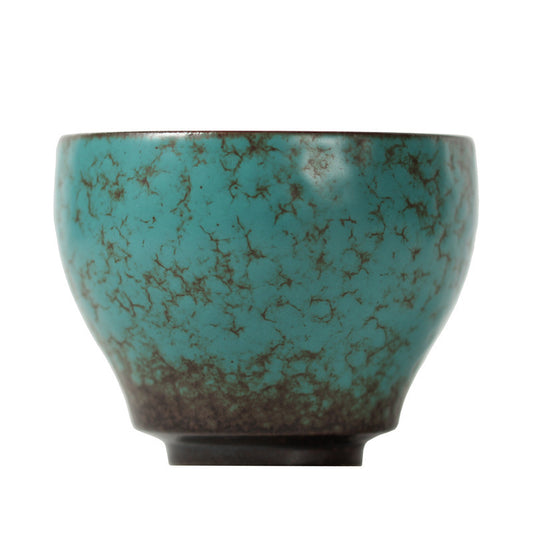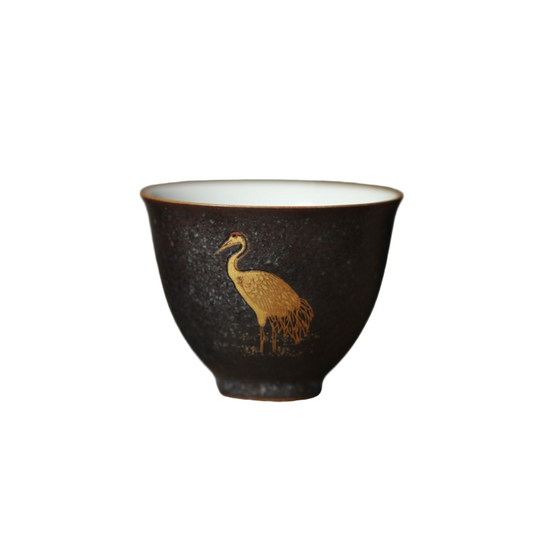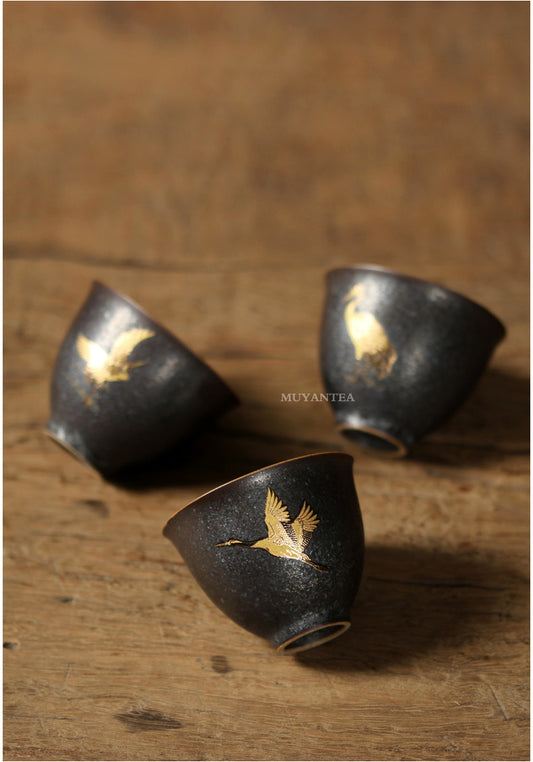
The Whispers of Time: Tracing the Roots of Chinese Incense
The Whispers of Time: Tracing the Roots of Chinese Incense
There’s a certain magic in the scent of incense, a way it transports you through time and space. For me, it’s often a quiet evening, a cup of tea, and the subtle dance of smoke from a carefully chosen stick of Chinese incense. It’s in these moments that I feel a connection to something ancient, something deeply rooted in history. And when we talk about the history of incense, we simply cannot overlook China, a civilization where the art of burning aromatics blossomed into a profound cultural practice.
While the act of burning fragrant substances might have roots in various ancient cultures, China’s relationship with incense is uniquely rich and continuous. It’s not just about pleasant smells; it’s about ritual, medicine, timekeeping, and a deep philosophical connection to the natural world. Let’s embark on a journey to uncover the fascinating origins of Chinese incense, a story that intertwines with the very fabric of Chinese civilization.
Ancient Chinese Incense Origins and Neolithic Rituals
The earliest whispers of incense use in China can be traced back to Neolithic times, where archaeological findings suggest the burning of aromatic plants for various purposes. Imagine our ancient ancestors, perhaps discovering by chance the pleasing aroma released when certain woods or resins were burned. This wasn't just a fleeting curiosity; it was the dawn of a practice that would evolve over millennia.
During the Shang Dynasty (c. 1600–1046 BCE), the use of aromatic substances became more formalized. Oracle bone inscriptions, those fascinating glimpses into ancient Chinese life, contain characters related to incense, indicating its role in divination and sacrificial rituals. It was a bridge between the human and the divine, a way to communicate with ancestors and deities. The smoke, rising heavenward, symbolized prayers and offerings ascending to the spiritual realm.
Chinese Incense in the Zhou Dynasty: Purification and Ceremony
The Zhou Dynasty (1046–256 BCE) further integrated incense into daily life and courtly ceremonies. It was used to purify spaces, to ward off illness, and to enhance the atmosphere during important events. This period saw the development of more sophisticated incense burners, reflecting the growing importance of incense in society. It wasn't just about burning; it was about presentation, about creating an experience that engaged all the senses.
Chinese Incense Trade and Blending in the Han Dynasty
The Han Dynasty (206 BCE–220 CE) marked a significant turning point in Chinese incense culture. With the expansion of trade routes, particularly the Silk Road, new and exotic aromatic materials began to arrive in China from distant lands. Frankincense, myrrh, and various types of agarwood became available, enriching the palette of Chinese incense makers. This influx of new ingredients led to a period of intense experimentation and innovation in blending techniques.
Incense also became deeply intertwined with the burgeoning popularity of Buddhism in China during the Han Dynasty. Buddhist rituals often incorporated incense as an offering and an aid to meditation, further solidifying its place in Chinese spiritual life. Taoism, too, utilized incense for purification and connecting with the Tao. It was a period where incense transcended its purely ritualistic origins and became an integral part of philosophical and spiritual practices.
Golden Age of Chinese Incense: The Tang Dynasty
The Tang Dynasty (618–907 AD) is often considered a golden age for Chinese incense. The imperial court and the aristocracy embraced incense with fervor, leading to the creation of elaborate incense ceremonies and the development of exquisite incense tools. Incense was used in daily life, in scholarly pursuits, and in social gatherings. It was a symbol of refinement, a mark of cultured living.
This era also saw the compilation of detailed texts on incense, documenting recipes, preparation methods, and the philosophical underpinnings of incense culture.
The Enduring Legacy of Traditional Chinese Incense
The journey of Chinese incense is a testament to its enduring power and adaptability. From its ancient origins in ritual and medicine to its flourishing in imperial courts and its integration into daily life, Chinese incense has always been more than just a fragrant smoke. It’s a cultural artifact, a historical record, and a living art form that continues to evolve.
Today, Chinese incense continues to be used in temples, homes, and meditation practices around the world. Its rich history and diverse applications offer a unique pathway to mindfulness, connection, and a deeper appreciation for the subtle beauty of scent. It reminds us that sometimes, the most profound experiences come from the simplest of acts – like lighting a stick of incense and allowing its fragrant whispers to fill the air.
Frequently Asked Questions: Chinese Incense
Q: What is the primary purpose of burning Chinese incense?
A: Chinese incense is primarily used for spiritual rituals, ancestor worship, traditional medicine, timekeeping, and creating a pleasant ambiance.
Q: When did Chinese incense originate?
A: The earliest evidence of incense use in China dates back to Neolithic times, with more formalized use during the Shang Dynasty (c. 1600–1046 BCE).
Q: How did the Silk Road impact Chinese incense?
A: The Silk Road introduced new and exotic aromatic materials like frankincense and myrrh, leading to greater diversity and refinement in Chinese incense blending during the Han Dynasty.
Q: What is the significance of incense in Chinese Buddhism and Taoism?
A: Incense is integral to both Buddhist and Taoist rituals for offerings, meditation, purification, and connecting with spiritual realms.
Q: How can I experience Chinese incense today?
A: Explore traditional Chinese incense sticks, powders, and coils. Many are available for personal use in meditation, relaxation, or simply to enjoy their unique aromas.
Ready to explore the ancient art of Chinese incense?
Explore Our Incense Collection


